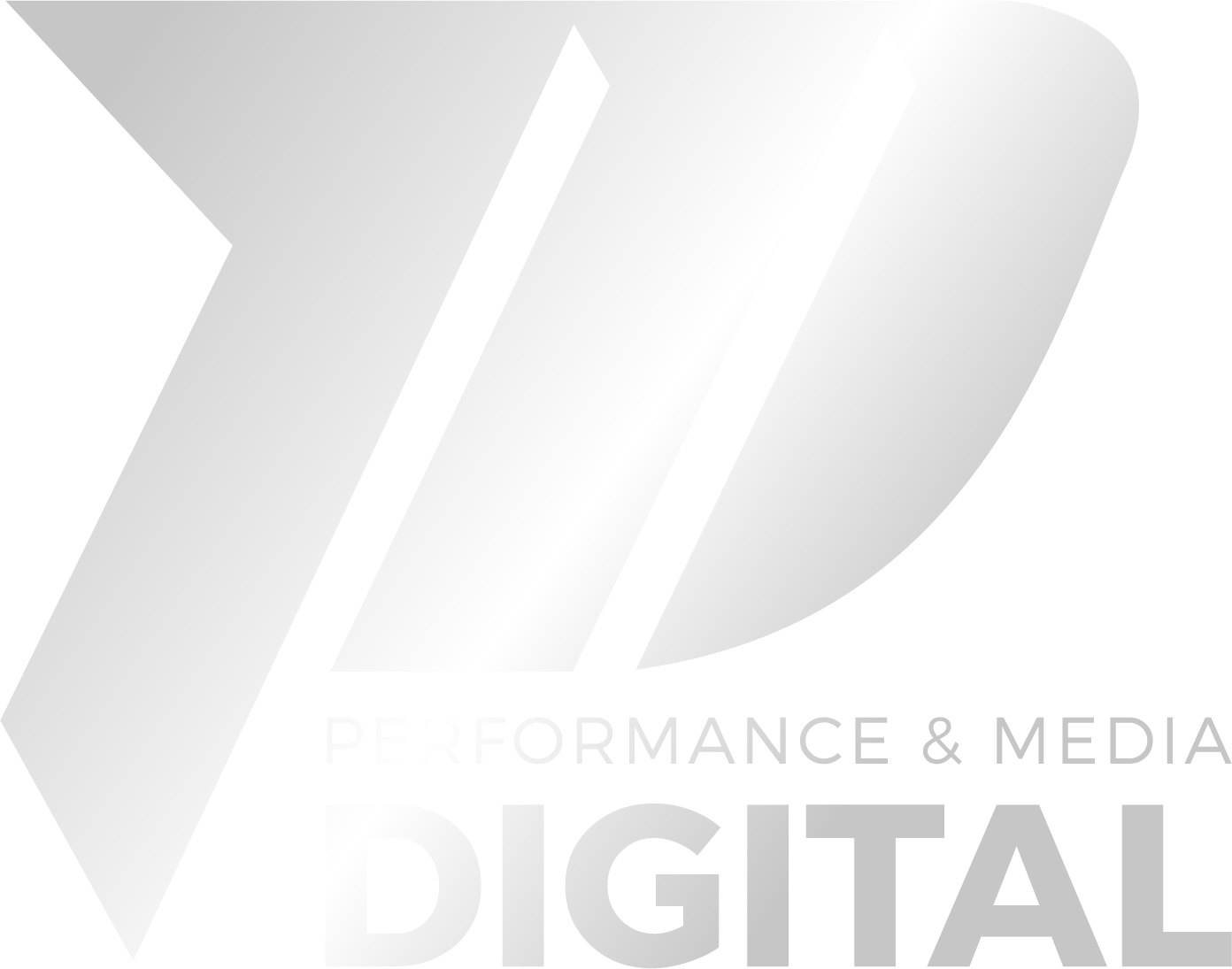Contenidos
In today’s competitive business world, achieving success and maintaining a competitive advantage is essential for any organization. In search of excellence, companies are constantly looking for ways to improve their processes, products and services. A powerful tool that has proven effective in this regard is benchmarking.
In this article, we will explore in detail what benchmarking is and how it can be used to identify best practices, learn from market leaders, and apply effective strategies to achieve business success.
Get ready to discover how benchmarking can propel your business to new levels of performance and growth.
You may be interested in our article on Technological innovation .
What is benchmarking?
Benchmarking is a tool to evaluate and measure the performance of a company, product or service with respect to industry leaders or direct competitors and thus facilitate the creation of business and marketing strategies. It consists of knowing the best practices of other organizations in a specific field, with the aim of learning from them and applying that knowledge to improve one’s own performance.
This tool allows you to analyze and evaluate the different aspects of the company, such as product quality, customer service, internal processes, operational efficiency and financial performance.
Companies can compare and analyze their results to identify areas for improvement, set realistic goals and make informed decisions to optimize their performance and competitiveness.
Benchmarking can be applied both within a specific industry and in comparison with companies in other sectors. It can be done internally, by comparing departments or business units within the same company, or externally, by analyzing the performance of direct competitors or industry leaders.
How to benchmark?
Carrying out an effective benchmarking process requires following certain key steps, to be successfully applied in a marketing plan . Here is a step by step guide on how to carry out benchmarking, important features :
- Define the objective: Start by clearly establishing the objective of the benchmarking. Identify the specific area in which you want to improve and set realistic goals. For example, you can focus on improving customer satisfaction or increasing operational efficiency.
- Identify benchmarks: Identify the leading organizations or companies in the area you want to analyze. They can be direct competitors or those companies recognized for their excellence in the same sector. Research them and collect relevant information about their practices and processes.
- Collect data: Gather both internal and external data. Examine your own metrics and performance in relation to the stated goal. Then, it collects data on the best practices and results of the reference organizations. You can obtain information through public reports, market research, interviews with experts or surveys.
- Analyze and Compare: Perform a thorough analysis of the data collected. Compare your results with those of benchmark organizations, identifying key differences and similarities. Pay attention to processes, strategies, organizational structure and any other relevant aspect.
- Identify opportunities for improvement: Based on the results of the analysis, identify the areas where you can improve and establish concrete actions. Identify the best practices that you could implement in your organization and adapt your processes and strategies accordingly.
- Implement and follow up: Carry out the identified improvement actions and monitor their implementation and results. Constantly monitor to assess changes and make adjustments if necessary.
- Measure and compare again: Carry out periodic controls to evaluate the effects of the improvements implemented and compare them with the previous results and with those of the reference organizations.
It is not about imitating what other companies do, but about adapting and applying the best practices according to your context and needs. Each company has different objectives, resources and challenges, so it is important to personalize and adapt the practices obtained through benchmarking so that they align with your business vision and strategy.
When benchmarking, it’s crucial to understand the context in which your company operates and the factors that make it unique. This involves identifying your internal strengths and weaknesses, as well as taking into account the particularities of your industry and market. After understanding your current situation and your long-term goals, you will be able to identify which practices and approaches of other companies are most relevant and beneficial to you.
Benchmark types
- Internal benchmarking: This type involves comparing different areas, departments or business units within the same organization. The objective is to identify the best internal practices and promote collaboration and knowledge sharing between the different parts of the company.
- Competitive benchmarking: Here a direct comparison is made with direct competitors in the same sector or industry. The goal is to understand the company’s strengths and weaknesses relative to competitors, identify areas for improvement, and develop strategies to outperform the competition.
- Functional Benchmarking: Focuses on comparing specific functions or processes in different organizations, regardless of industry. You can compare supply chain management or customer service processes between different companies to identify best practices.
- Generic benchmarking: This type of benchmarking is carried out by comparing the performance and practices of an organization with leading companies in a specific sector. The objective is to learn from the best practices of the most successful companies and apply them in the business itself.
- Strategic benchmarking: Focuses on comparing the strategic direction and business approaches of different organizations. The goal is to understand how leading companies define and execute their strategy for success and use that information to improve our own business strategy.
It may interest you: Benefits of creating corporate identity in your company
Benchmarking is a powerful business tool that enables organizations to improve their performance and gain a competitive advantage. The processes of leading companies in the industry or even within the same organization are compared and analyzed to identify areas for improvement and apply effective strategies to achieve business success.
The key to benchmarking lies in adapting the best practices identified to the organization itself, in order to drive improvements and achieve success. By using this valuable tool, companies can achieve new levels of performance, efficiency and competitiveness, and position themselves as leaders in their industry.





